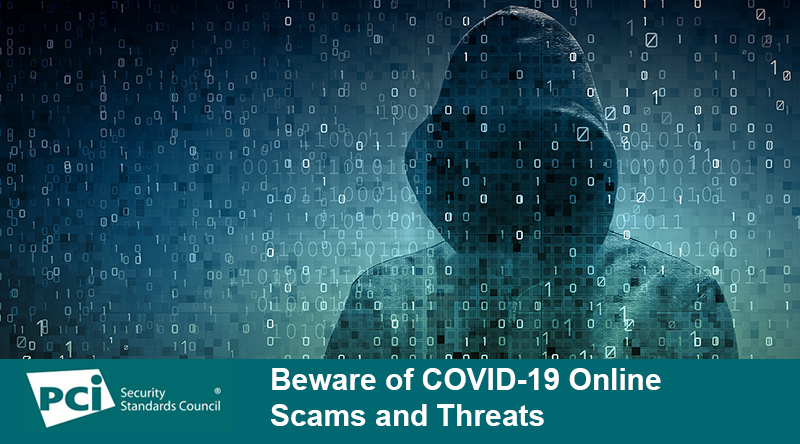Increased Scam Threat During COVID-19

April 24, 2020 / Community
An increased amount of online activity combined with heightened corporate and government communications has led to an increase in online scams and identity theft plots. Here are a few best practices to help protect yourself:
- Consider using two-step authentication. Two-step authentication, which involves using a text or email code along with your password, provides another layer of protection for your information.
- Think twice before clicking. Beware of emails containing links or asking for personal information. Never click on a link in an email or text unless you know the sender and have a clear idea where the link will take you.
- Be careful when you shop. When shopping online, look for the secure lock symbol in the address bar and the letters https: (as opposed to http: ) in the URL. Avoid using public Wi-Fi networks for shopping, as they lack secure connections.
- Beware of robocalls. Criminals often use robocalls to collect consumers’ personal information and/or conduct various scams. Newer “spoofing” technology displays fake numbers to make it look as though calls are local, rather than coming from overseas. Don’t answer calls when you don’t recognize the phone number. If you mistakenly pick up an unwanted robocall, just hang up.
- Be on the lookout for tax-related identity theft. Tax-related identity theft occurs when someone uses your Social Security number to claim a fraudulent tax refund. You may not even realize you’ve been the victim of identity theft until you file your tax return and discover that a return has already been filed using your Social Security number, or the IRS sends you a letter indicating it has identified a suspicious return using your Social Security number. If you believe that you are the victim of tax-related identity theft, contact the Internal Revenue Service at irs.gov.
